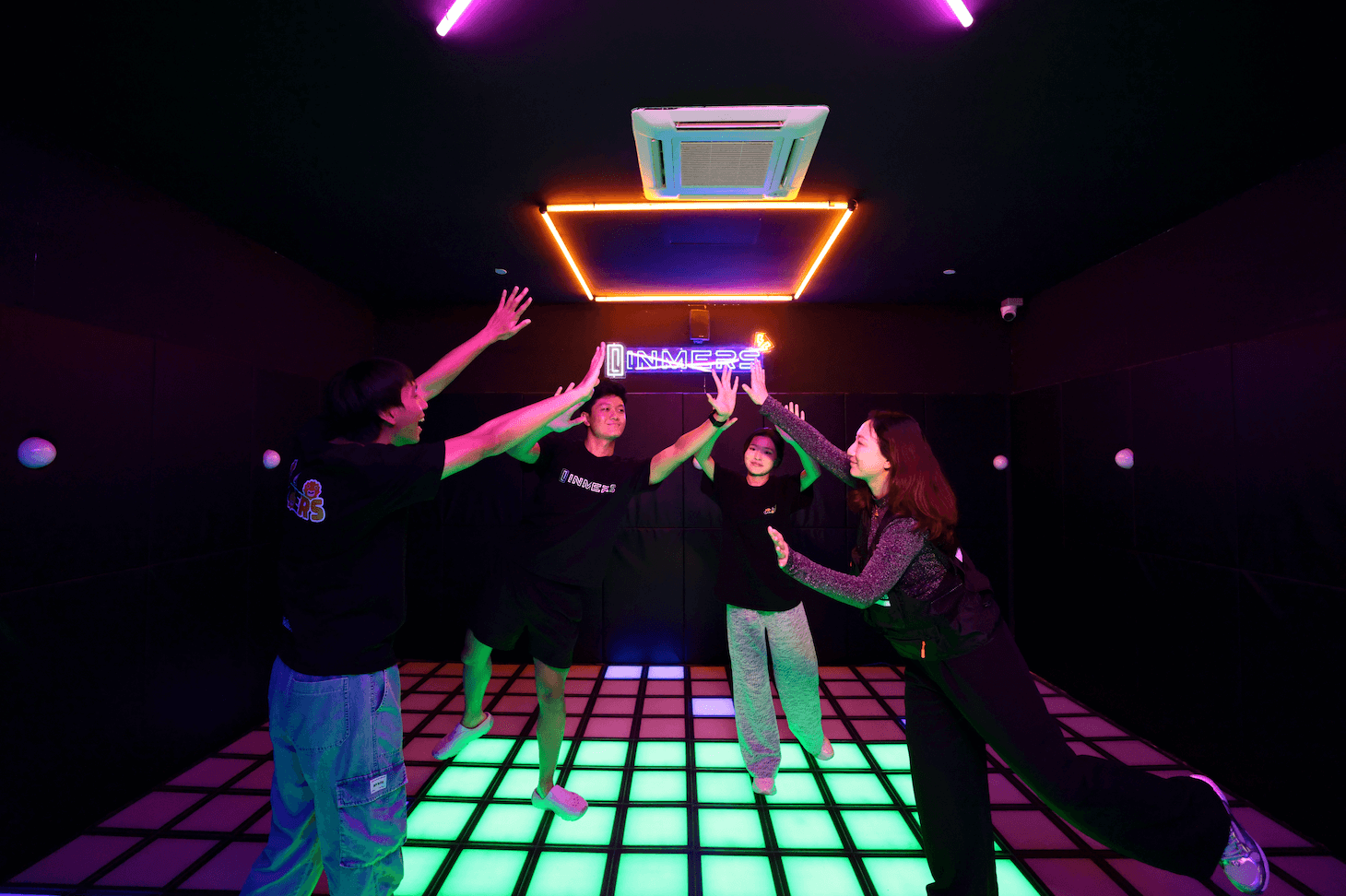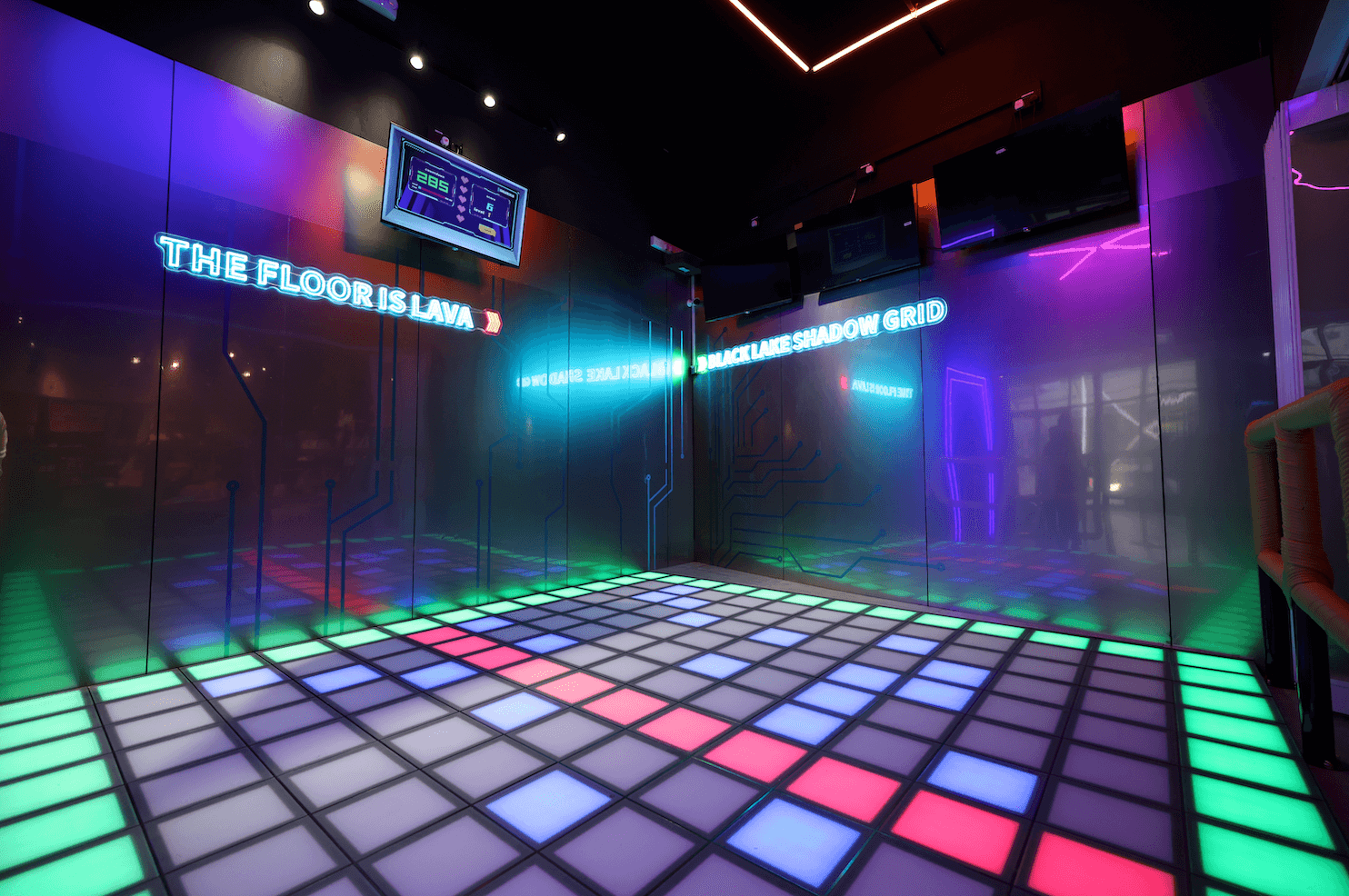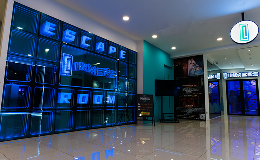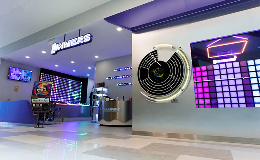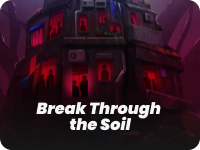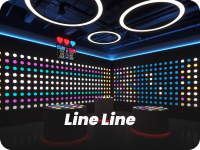Teamwork is one of those concepts that everyone agrees is important, yet many workplaces struggle to build it. Colleagues who compete for recognition or clash over projects can turn an office into a stressful environment. That tension drains energy, slows progress, and affects morale. The good news? There’s a surprising way to flip competition into collaboration: active games.
Escape rooms, immersive challenges, and interactive group activities take people out of their usual roles and place them in situations where teamwork is the only way forward. At INMERS in Singapore, these high-energy experiences push players into thrilling scenarios where trust, communication, and creativity become the keys to success. Instead of competing for the spotlight, participants quickly discover that victory only comes when everyone works together.
Why Competition Hurts Collaboration
A little friendly rivalry might spark motivation, but constant competition creates walls. People hold back information, protect ideas, and resist sharing credit. Over time, this erodes relationships and prevents teams from growing.
Think of it this way: if two people in the same department are measured against each other, they may do their best individually—but the company as a whole loses out. Collaboration thrives on openness, and competition shuts that door.
That’s where active games flip the script. They create environments where competition isn’t between colleagues, but against the challenge itself.
Active Games as Team Equalisers
In the office, roles and hierarchies often dictate who leads, who follows, and who stays quiet. During active games, those titles disappear. The puzzle doesn’t care if someone is the manager, the intern, or the quiet analyst. Everyone’s input matters.
In an escape room at INMERS, for example, the group might face a riddle that only clicks when someone notices a small detail others ignored. A junior team member could crack the code, while a senior executive holds the flashlight. Suddenly, the group sees each other differently. Respect builds, not because of rank, but because of contribution.
This leveling effect changes the way people behave back at work. Once a colleague proves their value in high-pressure play, others are more likely to respect their voice in meetings.
Breaking Down Communication Barriers
Poor communication is one of the biggest causes of team dysfunction. Misunderstandings lead to missed deadlines, duplicated work, and frustration. Active games make communication unavoidable.
Picture this: a group is navigating a Floor is Lava course at INMERS. One teammate sees a safe spot across a section, while another plans the next move. If players don’t communicate clearly and coordinate their steps, someone “falls into the lava”, and the team has to adjust on the fly. In that moment, silence or unclear instructions becomes the real obstacle.
By practicing open communication in a playful, high-energy setting, teams build habits they bring back into the office. They learn to check in, ask for clarification, and trust that speaking up makes a difference.
Turning Pressure into Problem-Solving
Work stress can divide people. Instead of brainstorming solutions, individuals shut down or blame others. Active games recreate pressure, but in a way that channels it into problem-solving.
Horror escape rooms amplify this effect. With time ticking and eerie sounds in the background, teams feel the urgency. But instead of panicking, they lean on one another. Some take charge, others organize information, and a few think outside the box. Together, they find the way out.
These skills transfer directly to the workplace. Teams that experience success under playful stress are more likely to stay calm and cooperative during real challenges like tight deadlines or big presentations.
From Silos to Shared Wins
Another common workplace issue is silo mentality, where departments or individuals guard their work and avoid collaboration. Active games break down those walls.
When a group conquers a game at INMERS together, whether it is Floor is Lava, Line Line, or Hit Point, they don’t celebrate one person’s achievement. The cheer erupts because everyone played a part. That feeling of shared success is addictive. Once people taste it, they want to recreate it. Back in the office, they’re more open to helping each other because they’ve already seen how rewarding collaboration can be.
Fun That Builds Trust
Trust doesn’t happen in a single meeting. It’s built through shared experiences. Active games fast-track that process by giving colleagues the chance to rely on each other in unpredictable situations.
When one person solves a clue, they trust the group to act on it. When another holds their nerve during a creepy jump scare, their teammates trust them to stay steady under pressure. Bit by bit, these moments build confidence in one another.
And trust, once established in a playful setting, carries over into professional life. Teams are more likely to share information, delegate tasks, and support each other when they’ve already built a foundation of trust through play.
Why Horror Escape Rooms Work Best
While any active game can build collaboration, horror escape rooms add an extra layer: emotion. Fear and adrenaline bring people together in ways that routine tasks can’t.
At INMERS, the combination of 5D effects, live actors, and immersive storytelling pushes teams to experience real tension. The need to solve puzzles while feeling a sense of danger creates stronger bonds. It’s no longer about “doing a fun activity”, but about surviving together. That intensity makes the lessons stick.
Practical Benefits for Companies
Investing in active games isn’t just about fun. Businesses see real benefits:
- Improved Teamwork: Teams return with stronger collaboration habits.
- Better Communication: Colleagues learn to speak clearly under pressure.
- Stronger Leadership: Natural leaders emerge, sometimes in unexpected places.
- Higher Morale: Shared laughter and excitement build positive memories.
- Long-Term Culture Shift: Teams that collaborate in games are more likely to collaborate at work.
How to Introduce Active Games to Your Team
If you’re considering active games as part of team building, start with these steps:
- Choose Immersive Activities: Pick games that demand teamwork rather than those focused on individual performance.
- Set Clear Goals: Frame the experience as more than just fun; highlight collaboration as the objective.
- Debrief Afterward: Discuss what worked, what didn’t, and how the lessons apply at work.
- Repeat Regularly: Make active games part of your team culture, not just a once-a-year outing.
A Call to Collaboration
Shifting from competitors to collaborators takes more than speeches or HR memos. It takes shared experiences where collaboration feels natural, necessary, and rewarding. That’s exactly what active games deliver.
At INMERS, teams step into thrilling scenarios that demand creativity, communication, and trust. Colleagues who once competed for credit discover the joy of shared victory. And when they return to the office, they bring that new dynamic with them.
If your workplace feels divided or you want to strengthen bonds, it’s time to move beyond traditional activities. Book an immersive team experience at INMERS and watch as competitors turn into collaborators—one puzzle, one scare, and one victory at a time.
